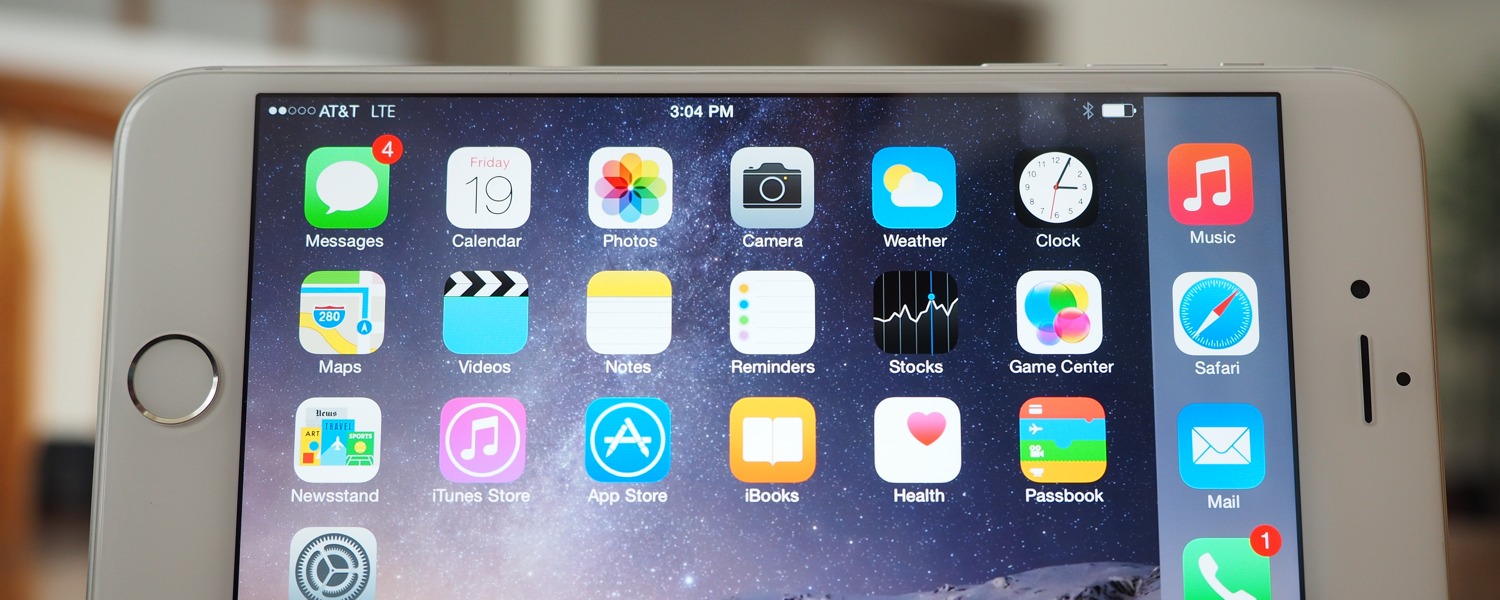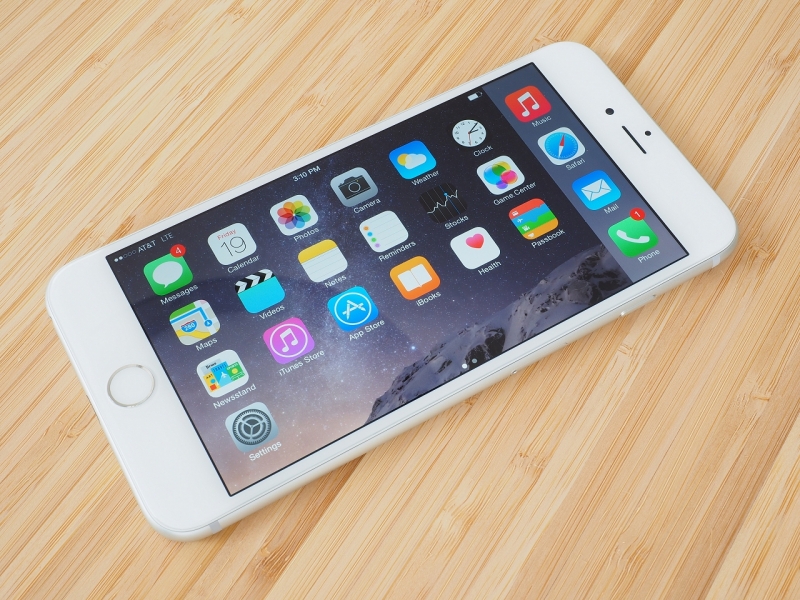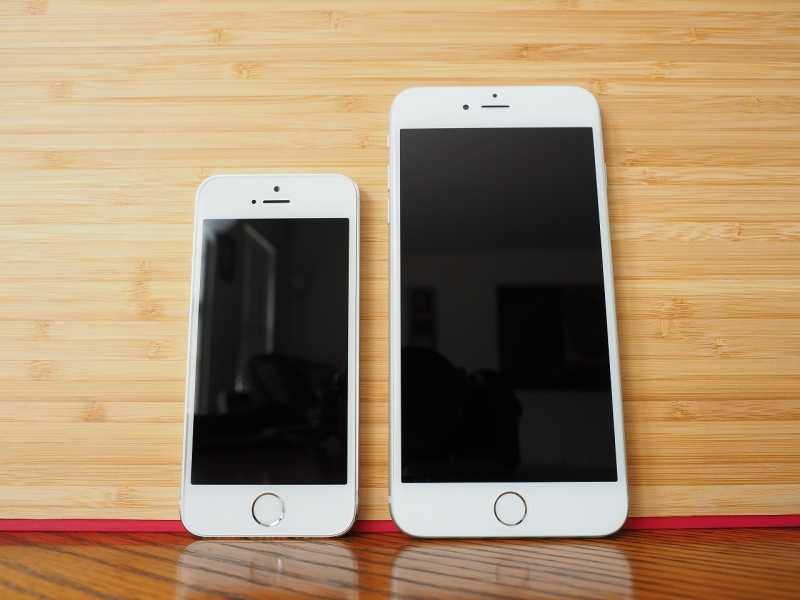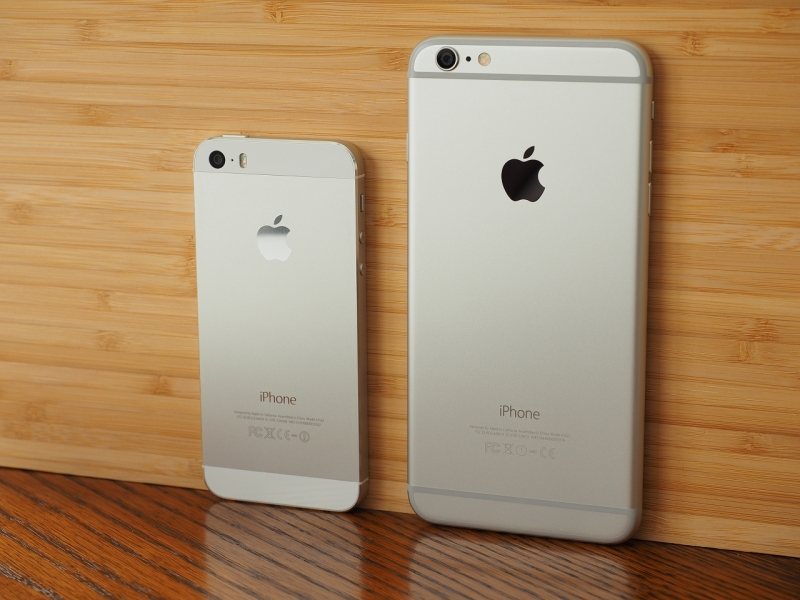It's January of 2012 and I'm in Las Vegas to cover the annual Consumer Electronics Show. I'm stuck in traffic with a colleague of mine when our taxi driver points to an advertisement for a new smartphone and asks if we know anything about it. The ad in question is for Samsung's Galaxy Note, the massive handset largely credited for making 'phablets' go mainstream. Although most publications concluded that the Nokia Lumia 900 was the best smartphone at CES that year, the real winner was the Galaxy Note - we just didn't know it yet.
The consumer technology industry has a "monkey see, monkey do" mentality. If a product or an idea gains a bit of traction, the competition jumps on the bandwagon as quickly as possible. Well, that's true most of the time.
While virtually every other manufacturer began pumping out phones with increasingly larger screens in the wake of the Note's arrival, Apple was content to ship their next two iPhones with a 4-inch display. The company continued to set sales records with the iPhone 5 and 5s but if Apple wished to keep raking in money hand over fist, they had to wake up and smell the roses. The market had changed.
That response came in the form of two new devices, the completely redesigned 4.7-inch iPhone 6 and the 5.5-inch iPhone 6 Plus. The smaller of the two handsets is designed to address the mainstream smartphone market while the larger iPhone 6 Plus represents Apple's first foray into the phablet market. We'll be taking a look at the latter here today.
The iPhone 6 Plus features the aforementioned 5.5-inch LED-backlit multi-touch display operating at a resolution of 1,920 x 1,080 (401 pixels per inch) covered in a fingerprint-resistant oleophobic coating. Under the proverbial hood is Apple's second generation 64-bit A8 chip and M8 motion coprocessor paired with 1GB of RAM.
The device comes with storage capacities of 16GB, 64GB and 128GB in silver, gold and space gray color schemes on all of the major wireless carriers in the US. Pricing starts at $299 for the 16GB model and tops out at $499 for the 128GB model with a two-year service agreement.
On hand today we have the 128GB, AT&T version of the iPhone 6 Plus in silver.
Design changes
Apple has given this year's iPhones a complete makeover. Gone are the chamfered edges, flat sides and glass building materials that have become synonymous with the iPhone over the past few years. The new handsets are constructed primarily from a single piece of aluminum but now featuring rolled edges instead.
By and large, the key selling point of the iPhone 6 Plus is its sheer size. As the last major holdout in the phablet market, it goes without saying that Apple is simply playing catch-up at this point. After all, Samsung was shipping the Note II with a 5.5-inch display more than two years ago.
That said, a phone with a 5.5-inch display is still large by most standards. It absolutely dwarfs last year's iPhone 5s and will no doubt be too unwieldy for many. But if a phablet-sized iPhone is what you're been yearning for, the screen on the iPhone 6 Plus doesn't disappoint.
While rumors persisted that Apple would use sapphire to cover the front display, that turned out not to be the case at all. Apple is instead using ion-strengthened glass which, according to the American Chemical Society, is created using a potassium bath to increase durability. The perimeter of the glass features a subtle curve that makes the screen appear to bleed over the edge of the phone. It somewhat reminds me of an infinity pool and I absolutely love it.
New materials are only part of the equation as Apple also redesigned several other aspects of the iPhone. The circular volume buttons have been replaced by pill-shaped buttons free of any markings or icons, while the mute switch now has rounded edges.
The top of the iPhone is now completely smooth as the power / sleep button has been relocated to the right side of the handset and given the same rounded treatment as the other buttons. This was done to make it easier to reach when handling the phone with a single hand.
The 3.5mm headphone jack and Lightning connector remain put but the speaker and mic openings have been condensed into a single row with larger diameter holes. Around back, the rear microphone hole is also larger while the opening for the True Tone flash is now circular instead of pill-shaped. The metallic Apple logo feels slightly inset compared to the 5s.
The rear camera is positioned in roughly the same place as before, though it no longer sits flush with the back of the phone, an aesthetic compromise Apple made in order to reduce the overall thinness of the handset down to 6.9mm and 7.1mm on the iPhone 6 and 6 Plus, respectively.
And because Apple ditched the glass panels on the back of the phone, they had to come up with some way to get reception to the internal antennas, since signals can't pass through metal.
That solution is a series of plastic bands across the upper and lower portion of the phone that permit signals to pass through. While necessary to avoid another "antennagate," there's no denying they do take away from the overall looks of the phone.
The SIM card tray, home button with Touch ID, front microphone, ambient light sensor and FaceTime HD camera all retain their usual placement.
Screen quality
Apple earned top honors for the screen found on the iPhone 6 Plus from industry expert DisplayMate, and for good reason: it's absolutely fantastic. The publication recently deemed it as having the best smartphone LCD display they have ever tested.
In a side-by-side comparison with the iPhone 5s, the screen on the iPhone 6 Plus is a decent amount brighter when both are set to the max, while viewing angles and colors look virtually identical. The iPhone 6 Plus has a significantly thinner bezel between the actual edge of the panel and the phone's bezel - probably best described as the black frame around the edge of the screen. It's something I never really noticed until working with the iPhone 6 Plus.
The iPhone 6 Plus boasts a resolution of 1,920 x 1,080, which on its 5.5-inch panel translates to a pixel density of 401 pixels per inch. That's 185 percent more pixels than last year's iPhone. Although it's still far from being the best on the market, you'd be hard pressed to spot any individual pixels with the naked eye.
Truth be told, there's really no need for a higher resolution screen on a device of this size. The LG G3, for example, was the first to ship with a Quad HD (2,560 x 1,440) display sporting an impressive pixel density of 534 pixels per inch. But as Tim recently discovered in his review of the G3, there's a noticeable performance hit (it was roughly 33 percent slower in onscreen benchmarks versus other phones with the same GPU) that's directly attributed to its 1440p display, not to mention that it'll also result in decreased battery life.








